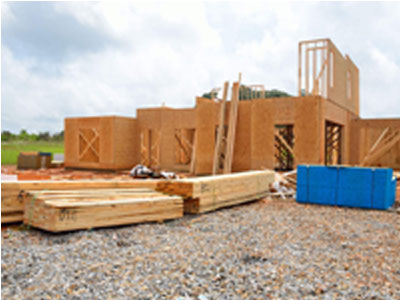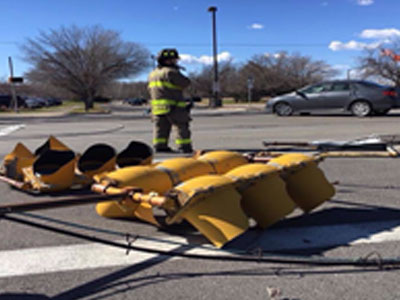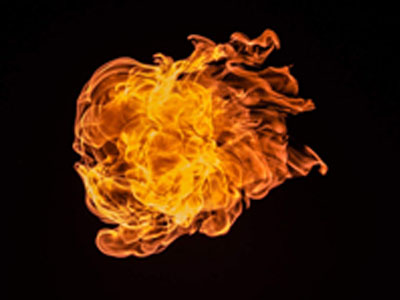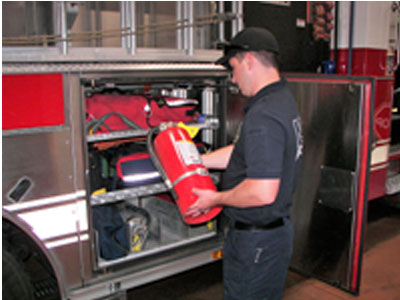 |
Basic Building Construction (NYS04) |
1.00 |
This is a basic lesson for the introduction or review of building construction for the firefighter. The lesson defines five types of building construction and identifies the risks and hazards associated with fighting fires in these structures. The lesson is evaluated with a final multiple-choice quiz. A grade of 80% or better is required to pass this course. |
 |
Utility Pole Incidents (NYS05) |
1.00 |
This is a basic lesson for the introduction or review of the utility pole for the firefighter. The lesson defines types of utility poles and identifies the risks and hazards associated with operating at incidents that involve them. The lesson is evaluated with a final multiple-choice quiz. A grade of 80% or better is required to pass this course. |
 |
Structural Search Operations (NYS12) |
1.00 |
This lesson familiarizes the firefighter with structure fire search and rescue operations. The lesson reviews primary search methods including Orientated, TIC Led and Vent Enter Search. Methods for conducting structural search as well as managing occupants and victims are introduced. These methods are based on operational risk assessment with firefighter safety as the prime focus. The lesson is evaluated with in-lesson activities and a final multiple choice quiz. |
 |
Fire Behavior Basics (NYS02) |
1.00 |
This lesson introduces the basic chemistry and physics of fire behavior. The lesson defines combustion, reviews the fire triangle and components of the fire tetrahedron. The stages of fire develop and accompanying characteristics are discussed with a focus on heat transfer and how it plays a part in fire develop. The lesson is evaluated using a brief quiz covering the material included in the lesson. |
 |
Fire Extinguishers (NYS03) |
1.00 |
This lesson reviews the identification, selection, and use of different types of fire extinguishers. The lesson begins with a review of the basic science of fire. The classifications are defined and described and the extinguishers that meet those classifications are identified. Fire extinguisher maintenance is described and reviewed. Finally, the PASS method of fire extinguisher operation is defined and described. |






